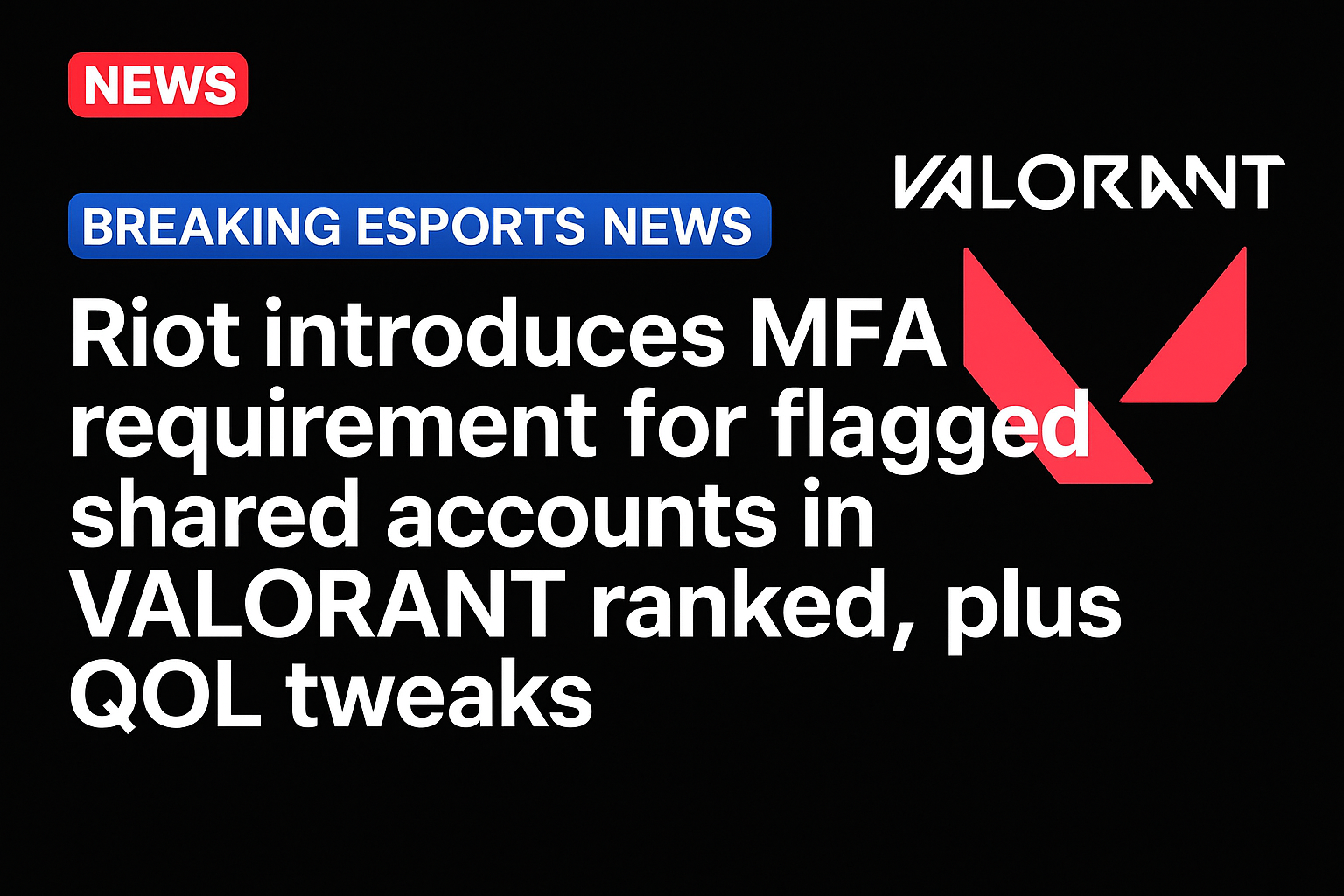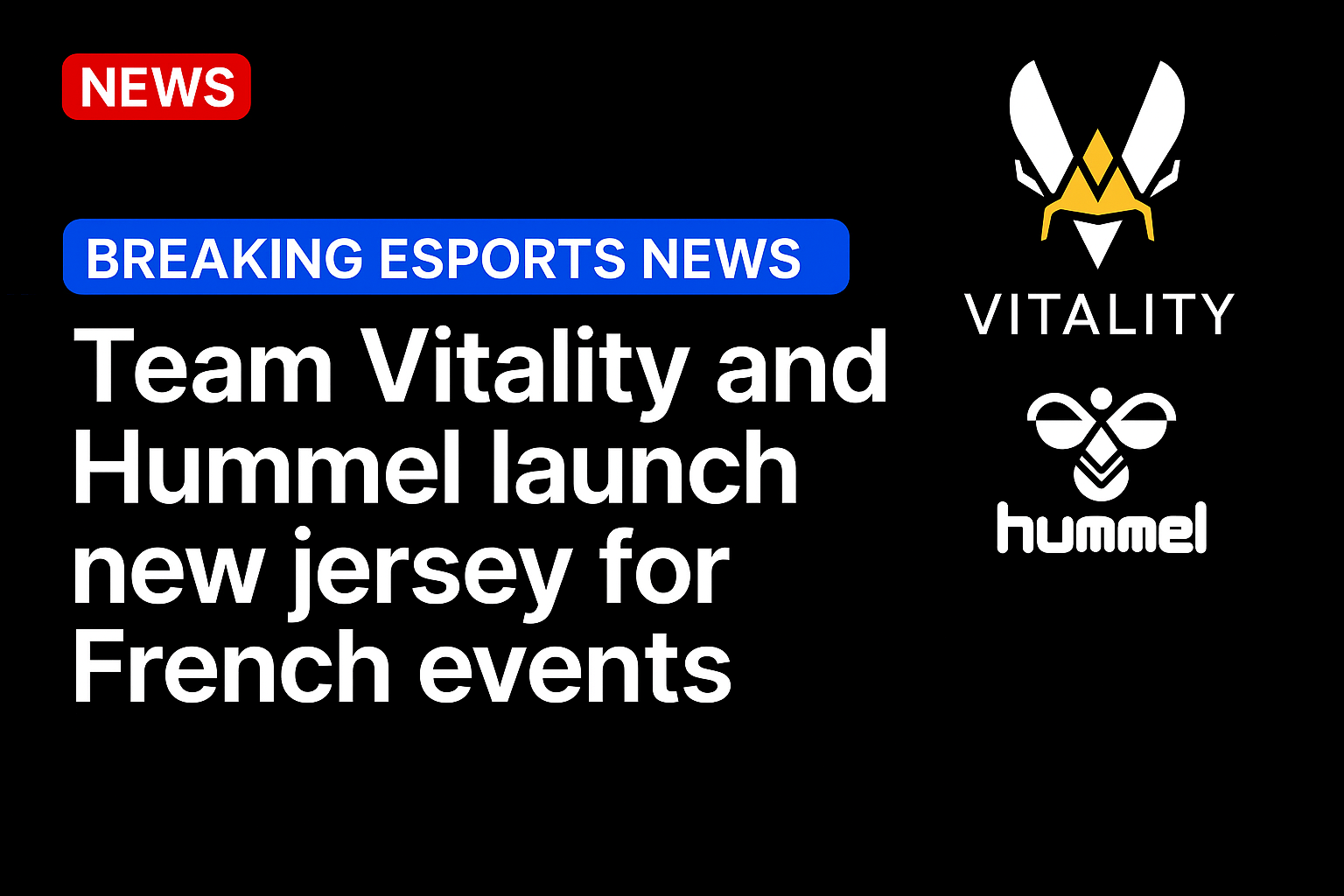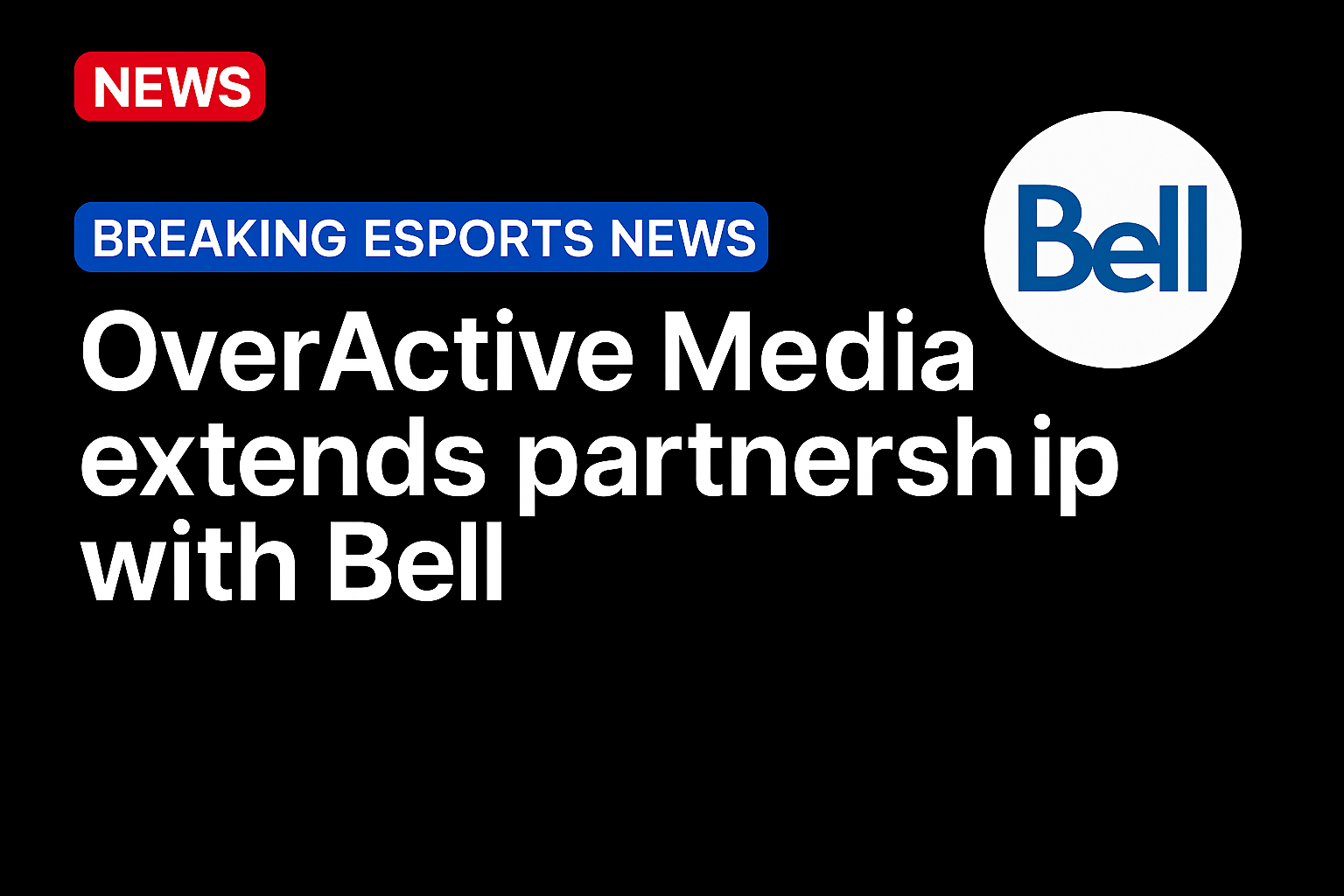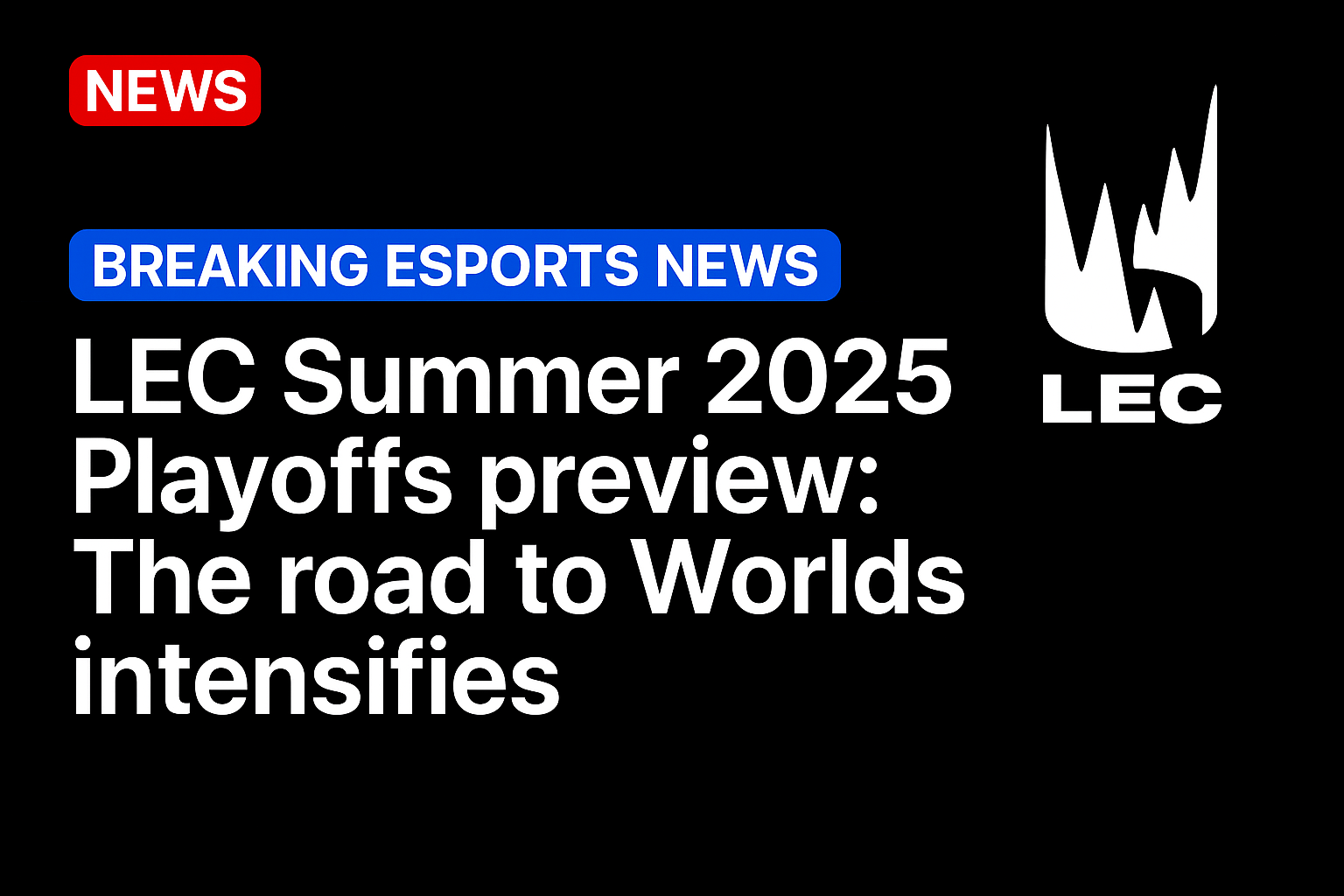
Riot Games has implemented multi-factor authentication (MFA) for accounts it detects as being shared in VALORANT Competitive queue, alongside a round of quality-of-life changes to interactive objects and a long list of map and Agent fixes.
The update arrived on October 28th with Patch 11.09, as detailed by Ashley ‘Ash’ Tsao, Global Community Manager at Riot Games.
Keep Reading
- VALORANT Challengers Path to Champions slot distribution and eligibility revealed
- VALORANT Champions Tour 2025 data highlights narrowing skill gap
- VALORANT patch 11.08 brings massive updates across all agents and weapons
- VALORANT: Veto abilities and gear breakdown
From Patch 11.09, accounts detected for sharing in North America, Latin America, Brazil and Korea must enable Riot Mobile MFA to play ranked; other modes are unaffected. Riot also reiterated that reports for smurfing should be filed under Rank Manipulation.
In addition, the developer said it has begun penalising ‘egregious offenders’ using smurfing-purchased accounts for boosting, noting in the patch notes that it has ‘banned a significant number of accounts.’
In her announcement, Ash wrote: “We’ve got a few important implementations to improve your gameplay experience, addressing smurfing and new QOL updates with interactive objects, so focus up!”
She also reminded players that Ascendant and above competitors in the listed regions will be required to add Riot Mobile MFA ‘in an upcoming patch,’ signalling a tightening of account security measures at higher MMR.
The Esports Impact Of Patch 11.09
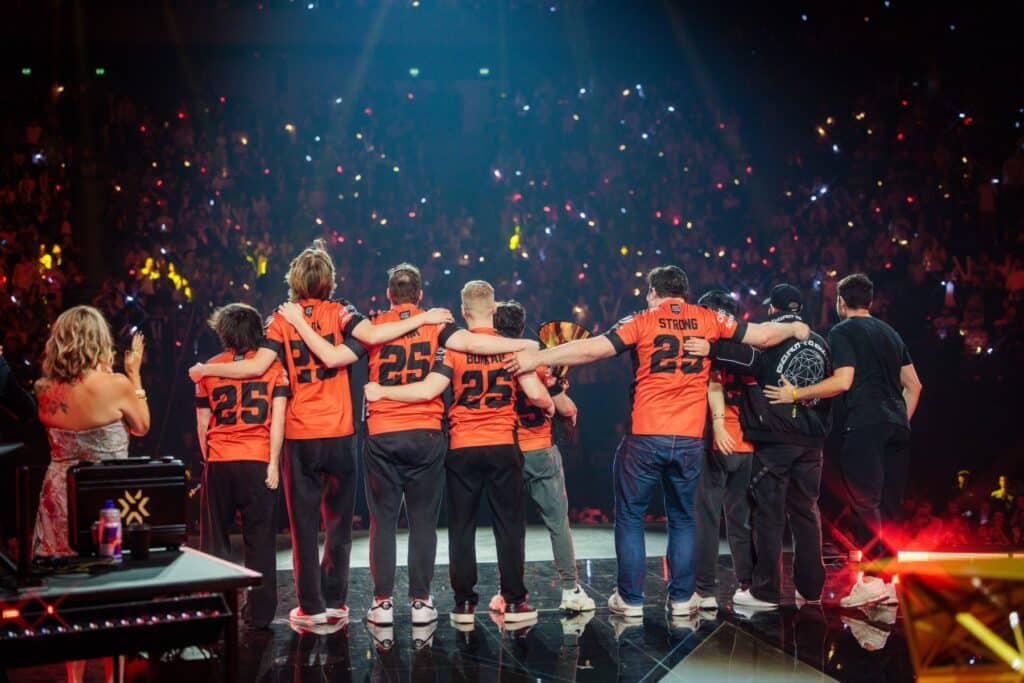
The MFA requirement directly touches competitive integrity at the middle and upper tiers of the ranked ladder — the talent funnel for VCT and Challengers teams. Fewer compromised/shared accounts and stricter action against boosting should help stabilise scrim quality, reduce rank inflation around tournament qualifiers and make scouting via ranked results more reliable.
Interactive objects — Switches, Ropes, Ziplines and Ultimate Orbs — now use a consistent green highlight, and the client can prioritise highlighted actions when multiple interactions are possible. In practice, players caught in effects like Deadlock’s GravNet near a Rope should find it easier to trigger the intended action first time.
Riot also shipped a substantial bug-fix sweep across maps and Agents in Patch 11.09, focusing on tightening competitive balance and removing small but impactful inconsistencies. On the map side, Pearl received an update to fix missing collision on B-site crates in certain modes, while a Breeze exploit that allowed players to destroy utility through walls has been patched.
Abyss also saw a fix for an interaction that could instantly eliminate teleporting Agents such as Yoru and Omen, and Corrode’s A-site geometry was adjusted to prevent Agents like Waylay, Jett and Raze from reaching unintended areas above playable space.
For agents, Riot delivered a range of visual and gameplay corrections. Omen’s Paranoia icon has been reduced in size to preserve minimap visibility, while Veto received several description, indicator, and visual effect fixes, including a softer Evolution transformation effect.
There were also consistency improvements for Gekko (Wingman’s defuse animation), Astra (Star activation audio after revival), Reyna (Empress mission progression), Skye (Guiding Light lingering), Viper (Snake Bite and Viper’s Pit behaviour), Vyse (Razorvine visuals) and Yoru (Fakeout collisions and damage response). Moreover, Riot addressed global issues with Concuss and Suppress visual and audio cues that appeared through thin walls and doors.
For the competitive scene, the fixes remove edge-case exploits and UI clutter that can swing rounds at the margins. Notably, Omen’s Paranoia icon change improves information flow for IGLs, and the Yoru/Veto consistency updates reduce clip-worthy anomalies that can undermine competitive outcomes or require admin rulings.
Tsao concluded the patch post with a note of satisfaction over Riot’s latest wave of anti-bot enforcement: “Farewell botters, you will not be missed!”
Source: https://esportsinsider.com/

